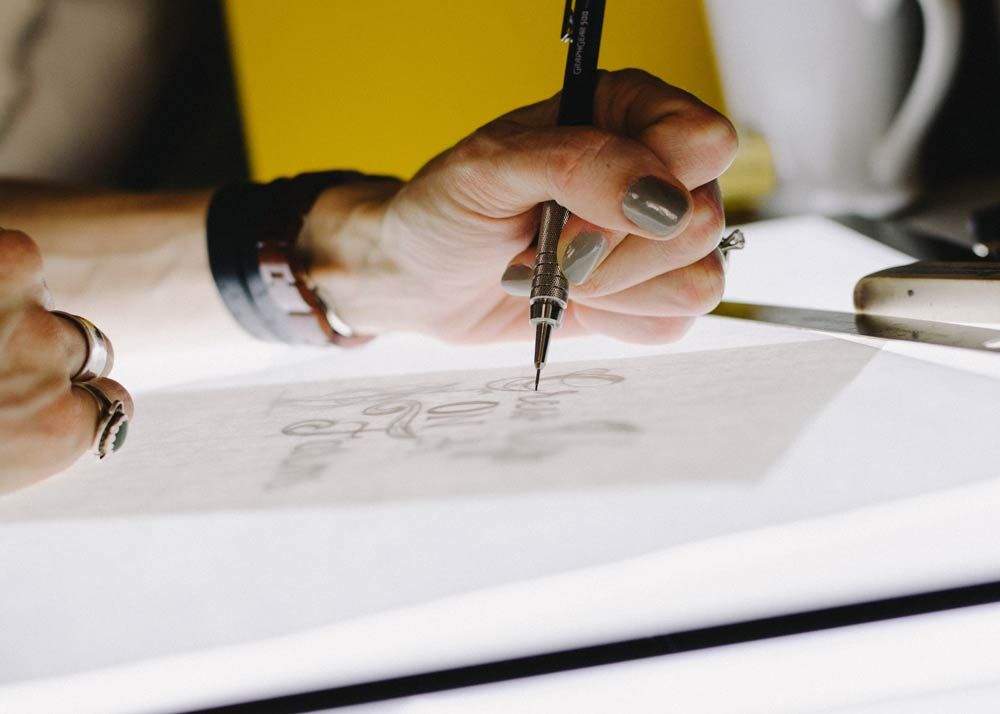One of my favorite books is Art & Fear by David Bales and Ted Orland. I’ve found it to be an excellent reflection on the artist’s challenge.
In the book, the authors write about a Zen teaching that says when you start on a long journey, trees are trees, water is water, and mountains are mountains. After you have gone some distance, trees are no longer trees, water is no longer water, and mountains are no longer mountains. But after you have traveled a great distance trees are once again trees, water is once again water, and mountains are once again mountains.
Good designers notice things, and good design depends on this fact. They notice things about themselves, their methods, their materials, their customers, and their subject matter. At some point, every jeweler notices the relationship between their will and the will of the material. Before the moment of this realization, the relationship doesn’t exist. Afterwards, it’s impossible to imagine it not existing. And from that moment on every material talks back and forth with the designer’s will.
The jewelry designer’s work is the source for an incredibly large number of such relationships.The relationship of the arms to the bench, the relationship of the file to the fingers, the relationship of the pencil to the paper’s edge. As the designer’s skill develops, conceptual relationships increasingly define the shape and structure of the world they live in. In time, those relationships are the world. Distinctions between the designer, the work, and the world lessen, grow transparent, and finally disappear. In time, trees are once again trees.
This all has me wondering how I can support the designers around me (and there are many of them) for whom inter-connectedness must be an essential aspect of their ability to create. In the past I was a fan of the arguments regarding the difference between art and design. As time goes on, I guess I’m more interested in what differentiates good design from not-so-good design. And is not-so-good design actually design, or is it just “stuff?”
Gene Fowler (scriptwriter) once said “writing is easy: all you do is sit staring at a blank sheet of paper until the drops of blood form on your forehead.”
Design is sort of easy that way. It’s lovely when it floats into your head and realizes itself quickly, and every designer deserves a few of those throughout their lifetime – a carrot that keeps you going when the inspiration wears thin.
Truly good design comes only with mastery, patience, humor, and flexibility. It’s not done once the idea is complete, because the execution is an essential part of its success.The world is filled with a lot of things that no-one really needs (I guess that’s the “stuff”).But one thing we could all use more of is truly beautiful things that serve a purpose and inspire us.
So if the Zen teaching above can be applied to the jewelry design journey, then I guess “good” design is design that has been informed by breaking down each of the components – customer, purpose, process, materials, skill, aesthetic – into discreet elements, and then recombining them to achieve a result that would not have been possible had not each one of them been individually considered first.The result is most likely to be masterful. Of course, some might call that art.











